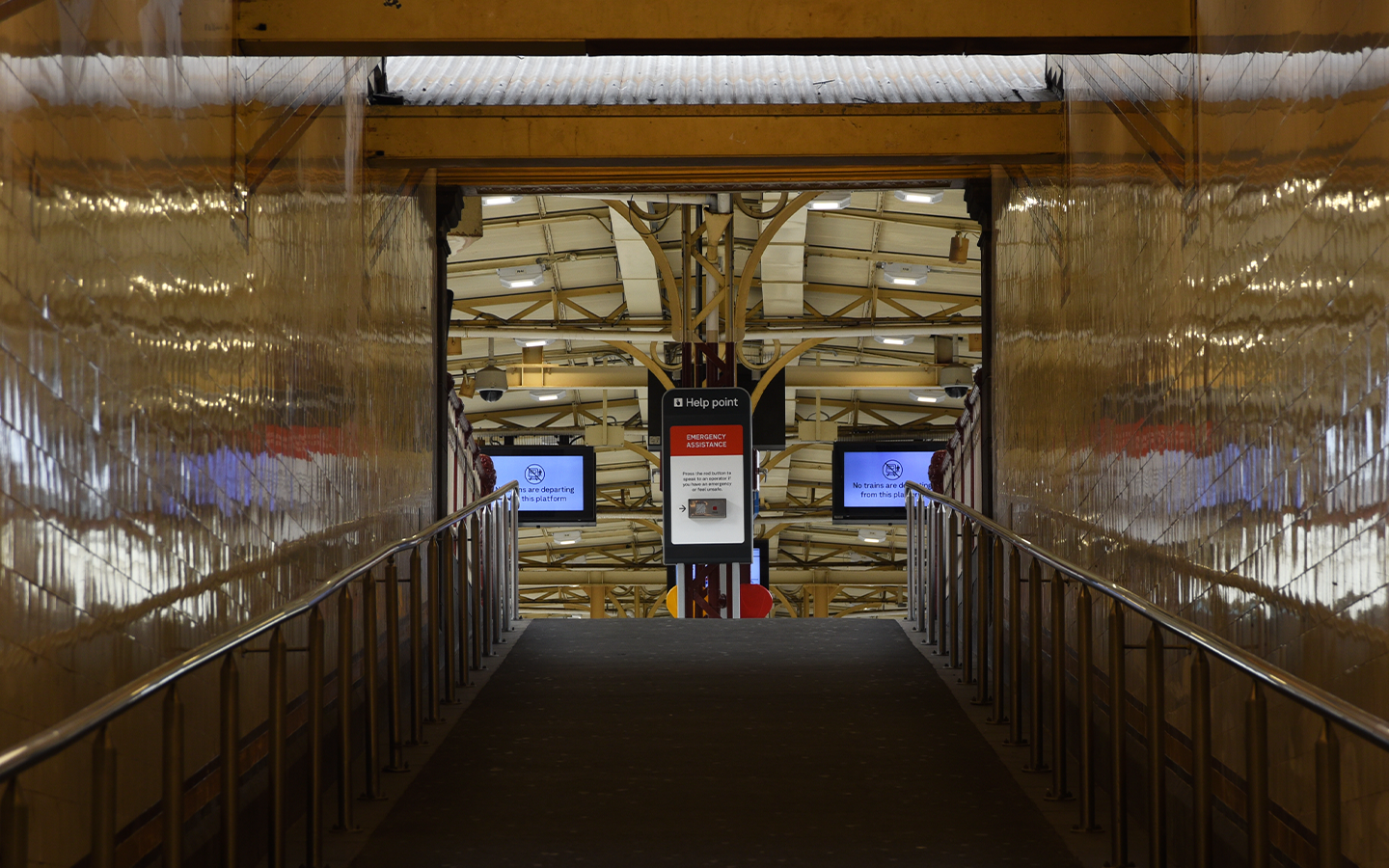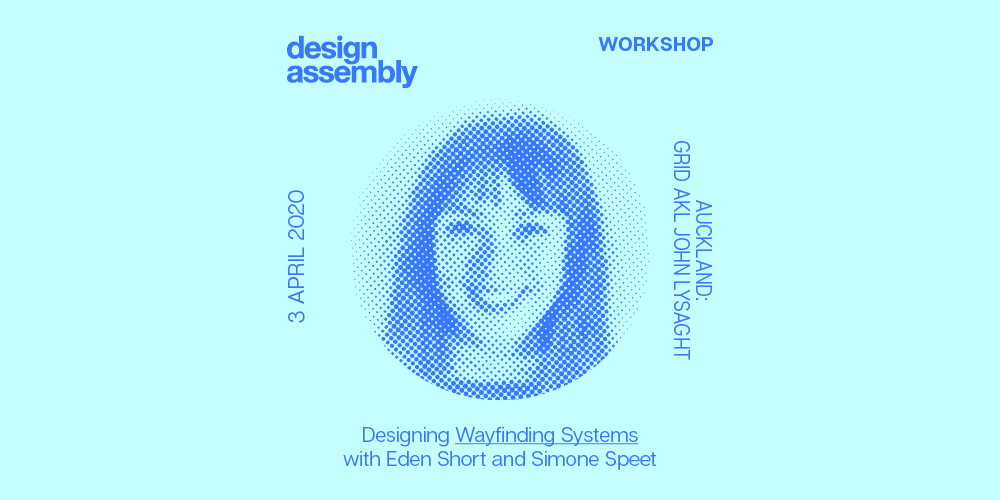5 minutes with… Simone Speet
Ahead of our Auckland DA Workshop: Wayfinding for Designers we caught up with one of our workshop facilitators Simone Speet from Maynard Design. Simone specialises in digital and static wayfinding signage for the built environment, with a strong focus on design systems, legibility and information hierarchy. With over 10 years in the field, she has experience across a range of sectors such as transport, healthcare, urban realm, hospitality, government, museums, stadiums and retail. She is currently working on the delivery of wayfinding systems for Auckland International Airport and the redevelopment of Auckland’s waterfront as part of the Downtown Programme.

What is your background and how did you get into design?
I studied Visual Communication at Billy Blue College of Design in Sydney, thinking I’d become an editorial designer — I was really into type, layout, and magazines. Back in my uni days, I was quite terrible at human-centred design thinking and spatial design, ironic given where I am today. It just goes to show how dynamic a design career can be and how your skill-set develops with experience.
What do you find most exciting about the intersection of graphic and urban design?
I love the way we can guide people who might interact with design within the urban environment. Most people are unaware of the level of strategy required to develop effective signage systems, and many are complete afterthoughts (ever found yourself reading a map or looking at signs and still becoming lost or confused?). I’m a form follows function kind of designer but I always strive to find a balance between the two, ensuring the function isn’t compromised. When I find the sweet spot between graphics, its location in the built environment, and who might be interacting with it, I feel a sense of achievement because all that hard work behind the scenes has paid off.

What is your role/title and what does a typical working day at Maynard involve for you?
I’m a Senior Wayfinding Designer. My typical day usually involves coffee, quick news read, project management, studio management, design direction to our junior and mid-weight designers, more tea/coffee, coordination with stakeholders, clients, architects, engineers. My work generally consists of designing wayfinding strategies, information strategies, sign typologies, graphics, user testing and a handful of other things.
What project, personal or professional, are you most proud of and why?
I would say Melbourne’s Flinders Street Station upgrade is my favourite project to date. Not only did I have the chance to redesign the wayfinding and signage, including digital and static customer information for the busiest train station in the Southern Hemisphere, I also had the best positive learning curve of my career. I met some incredible people on that journey – amazing people from the accessibility community, facilitators and designers from all different aspects of the design world.

What role does accessibility play in your design practice? OR How might we undertake design in a way that embraces the full spectrum of human experience?
Accessibility in wayfinding plays a vital role in the way we shape our wayfinding strategies and designs. This ranges from legibility; colour contrast, typeface choices, clear pictograms, consistency, to where the content is located in the built environment.
Designers, architects need to put themselves in the shoes of the accessibility community to understand what their needs are. In Aotearoa New Zealand, we need to do more to design an outcome that is best for the accessibility community.
Unfortunately scope and budget regularly interfere with the ideal outcome. As long as we’re aware of what’s required to give an accessible customer some independence, we can push to keep these in scope. For example, an appropriate ramp, simple, clear content on a sign, raised tactile letters.

What advice do you have for designers getting started with wayfinding, environmental graphics or signage design for the built environment?
- Always consider who you might be designing for, and the mindset they might have. Whether they are public transport users, someone visiting a patient in a hospital, or tired passengers who just stepped off a 24-hour flight.
- Clearly articulate the logic and rationale behind your designs
- Take your client and stakeholders through the journey with you

What areas of your work are you hoping to explore further?
I’m really interested in bridging the gap between digital customer information to static customer information and wayfinding. This might be designing a holistic system from content and interaction with handheld devices (audio, gestures, simple touch), digital screens, and signage types that are driven from research, testing, and iterating designs for a range of customer mind-sets.

In your opinion what 3 factors will have the greatest impact on New Zealand’s design scene in the next 5 years?
As Aotearoa is developing really quickly, I’m hoping:
- Sustainability and community is strongly considered in infrastructure projects
- Positive innovation in environmental, physical, and digital products
- Co-design will be the best way to achieving a positive future for all users

And finally, what can participants expect from your upcoming Auckland DA Workshop: Wayfinding for Designers?
In our workshop, we’ll give insights into the world of wayfinding as a specialist design discipline. We’ll also provide a different way to approach design with a range of methodologies — both in theory and in practice. We believe the best way to learn is by doing. All participants need to do is bring a warm smile and a willingness to participate.




